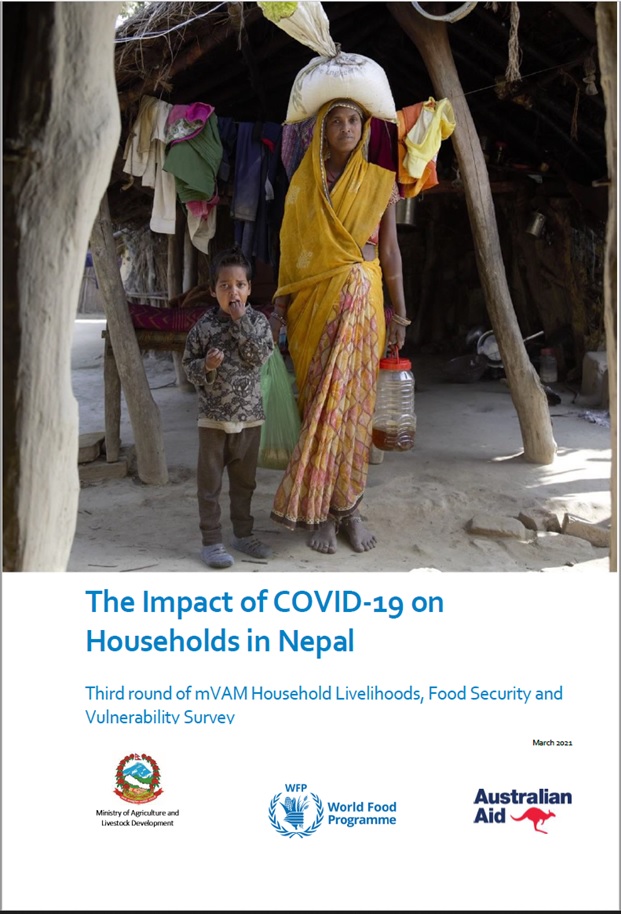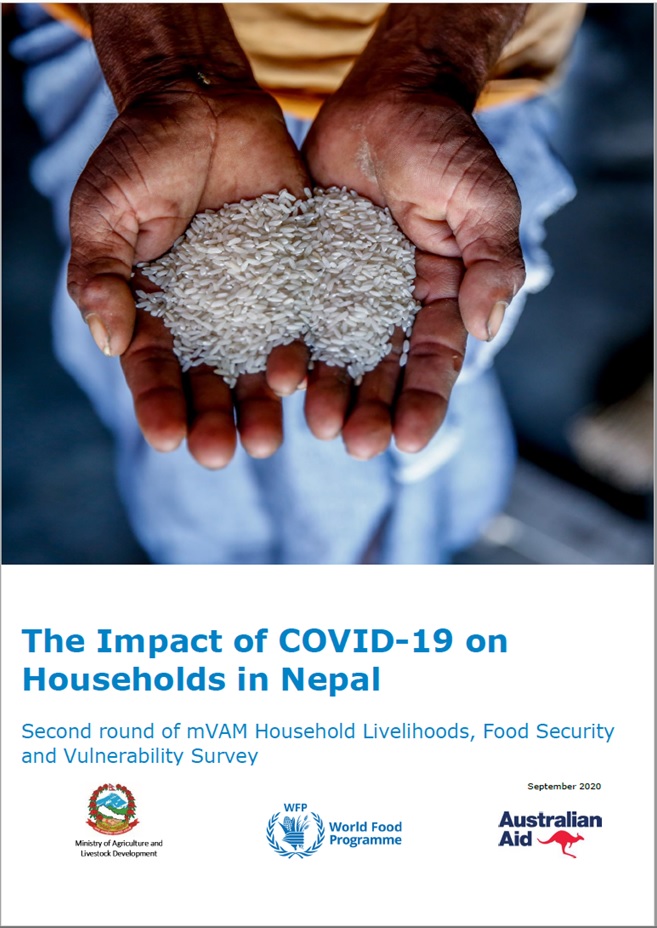Home > PUBLICATIONS > Food Security Bulletins >
Food Security Bulletins
-
Food Security Bulletin No.152006-10-30
In the past 4 years, WFP has implemented the field surveillance project funded by DFID with the aim to providing field based information regarding household food security across 32 districts of Nepal. The surveillance system is currently being strengthened to include macro, micro and sectoral level analysis; baseline surveys and assessments; and the monitoring of food security, crop, nutrition and market conditions.
-
Food Security Bulletin No.142006-06-30
This May-June monitoring cycle marks late harvesting of wheat, barley and potato, and planting of paddy, maize, and millet. Reports from survey districts confirm the early assessments reporte in Bulletin 13; wheat and barley harvests are significantly lower than last year due to the winter drought, particularly in areas without irrigation facilities. People in the hills and mountains of Mid and Far-Western regions are worst affected with crop losses from 20 – 100%.
-
Food Security Bulletin No.132006-04-28
This monitoring cycle marks the harvesting season of wheat, barely and potato. As anticipated in Bulletin 12, there has been a decrease in wheat and barley production this year, particularly in areas without irrigation facilities. Inadequate rain and snowfall during the planting and growth stages, in addition to localized hailstorms in some areas, have contributed to 20-100% crop losses.
-
Food Security Bulletin No.122006-02-27
This monitoring cycle is the traditional lean season in agricultural Nepal, with participants to the WFP/VAM survey reporting limited food stocks (ranging from 2 weeks to 2 months) and an increase in their engagement in alternative livelihood sources. As before, a range of livelihood strategies have been reported, including wage labour, the sale of fuel wood, bamboo crafts and milk, the collection of forest products, and road construction.
News & Events
- Brief on the Food Security Situation in Nepal (Mid-July to mid-November 2017)
- Launch of Food Security Information System for Nepal
- Second Advance Estimate of 2016/17 Wheat Production in Nepal using CRAFT
- Brief on the food security situation in Nepal (Mid November 2016 to Mid March 2017)
- Updated NeKSAP guidance on food security response analysis and district food security monitoring

